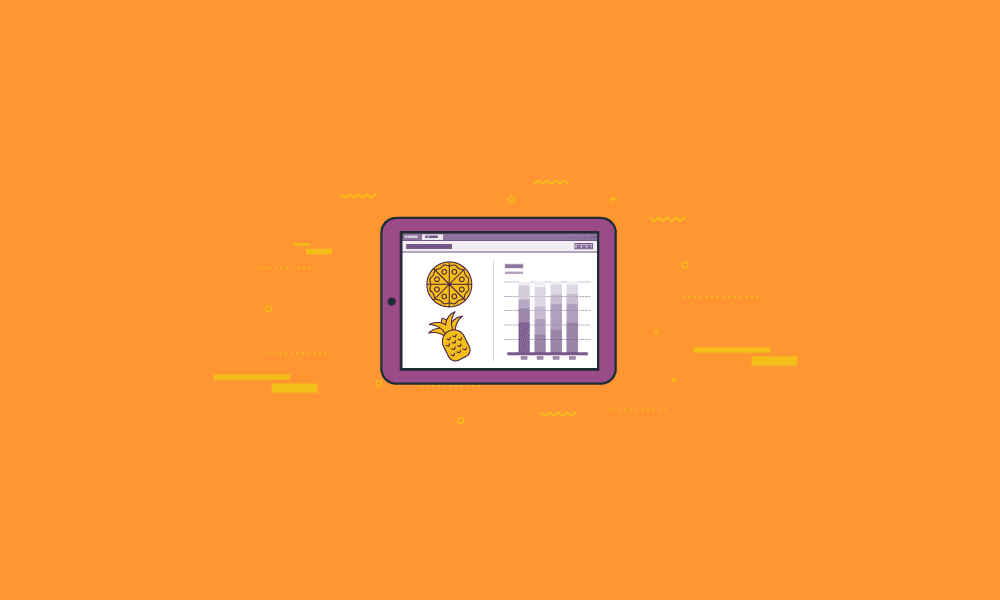Need state merchandising for grocery
There’s a difference between the shopper and the consumer, just as there is a difference between the person who buys the food and the person who eats it. The parent who buys food for the family is the shopper, the kids are the consumer. Sometimes the shopper is the consumer, but you can’t always assume this to be the case. The biggest difference between the two is the intent of the person coming into the store.
Why people buy
Back in 2009, Procter & Gamble recognized the difference and told all their advertising agencies that “. . . if a marketing idea doesn’t connect back to the store and impact shoppers at the point-of-purchase, they aren’t interested in pursuing it.”
It all has to do with the “need state” of the person. If you need a snack to tide you over between meals, you’re in one particular need state. If your cupboard is almost bare, you’re out of milk and an all-out grocery shopping trip is in your future, you’re in another need state. Even as the same person with these two different need states, you could be looking for similar items – a healthy, fresh snack to help keep you going until your next meal and a whole menu of healthy foods to keep you going later on.
Food suppliers and manufacturers put a lot of money and energy into trying to understand the need states of their shoppers. Grocery stores don’t necessarily have access to this same information. With the collection of mountains of data, and can bring the latest machine learning and artificial intelligence to bear on it, there are tons of analytics and capabilities to collect relevant data these days. We can identify the who, where, when and why people buy what they do.
The old way of understanding “consumers” was basically-age related, along with assumptions about the life stages and family situation of the shopper. Then we sliced up the buying groups even more into demographic and attitudinal groups — Millennials, Baby Boomers, young mothers, retirees, people in certain zip codes — which gave us wide generalizations about what people wanted. That’s great for knowing how many family packs of pork chops, two packs of steaks or pre-made salads are enough to sell over the course of a few days.
Same shopper, different needs
But if we focus on the need state, then we realize the same person ultimately has a wide variety of reasons to buy, which essentially makes them different shoppers every time they enter a store. Going beyond the snack stop or weekly full-scale grocery trip examples, buy online pickup in store (BOPIS) fills a particular need state: “I’m busy and don’t have time to cruise the grocery store to figure out what I need.” Other times, someone might order CPGs from Amazon Prime Pantry, like single serving coffee pods or peanut butter, because they don’t need something within the next 48 hours and can afford to wait a little longer.
By focusing on the different need states, we can use the information we’ve collected to help reach them in multiple ways, from advertising to price reductions, to store layout, to plannograms and displays for how foods are shelved.
Good grocery merchandising means choosing the right mix of food categories and products to sell and placing them in the right locations around the store, based on their need states — on the shelf, at the register, in the bakery or deli.
It can also extend to the grocery websites, arranging the products on a particular site, or even creating personalized and individualized web pages based on what shoppers have bought in the past. This can also affect on what you choose to cross-sell and upsell, based on item data and the shoppers’ previous buy.
Consumers are thinking about shopping in different ways than they did in the past – and that includes when it comes to buying groceries. They don’t want just want products that suit their needs, but methods for purchase that fit their schedule, too. Grocers that take this into account and move towards accommodating (and maybe even exceeding) modern consumer expectations and need states will better be able to compete in the new grocery retail landscape.
If you would like to learn more about how SPS Commerce can help you better understand the need states of your shoppers, and what they’re looking for each time they enter your store, please visit our website. You can also ask to speak to our data analytics and grocery experts for a free demonstration or to answer any questions.

Operating in the grocery and food industry?
Connect to retail's largest network and achieve seamless collaboration with all your trading partners.
- EDI compliance brings value for buying organizations - August 15, 2023
- What is Advanced Shipping Notice (ASN) in Shipping? - March 28, 2023
- Test new products online before stocking at retail stores - February 2, 2023


RELATED POSTS
Capture buyer’s attention with ...
Three common challenges 3PLs face and...
Product pages: Would you buy it with ...